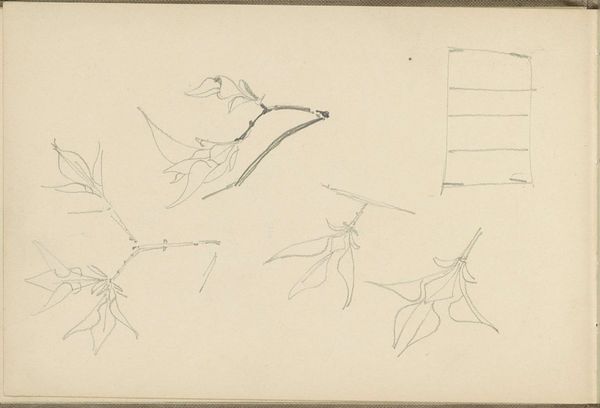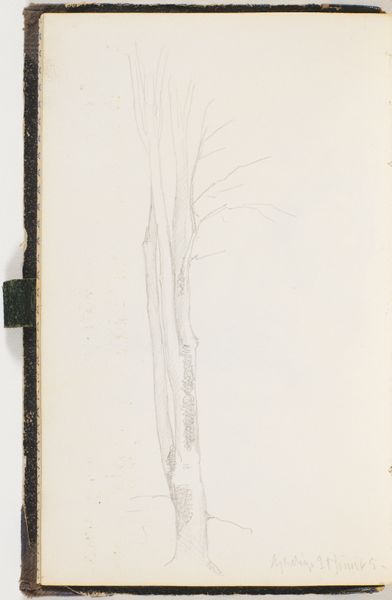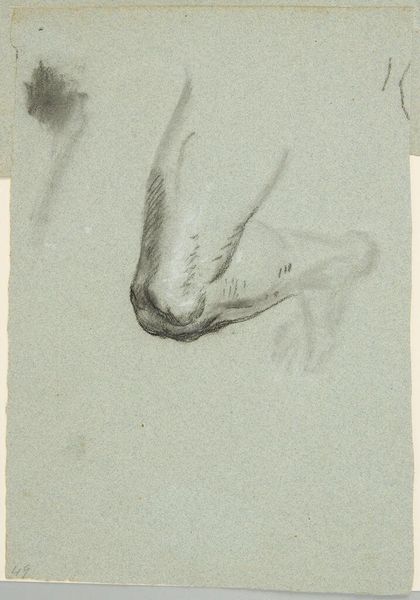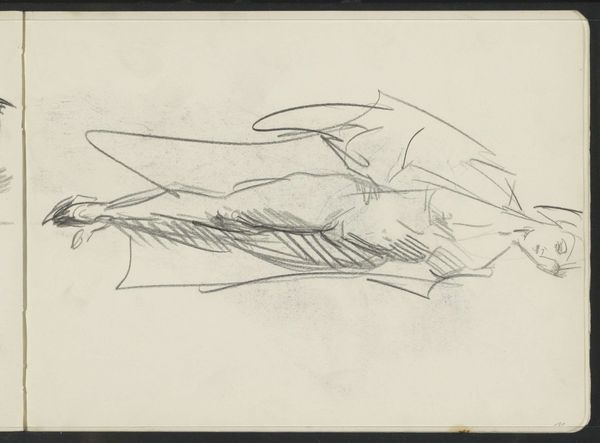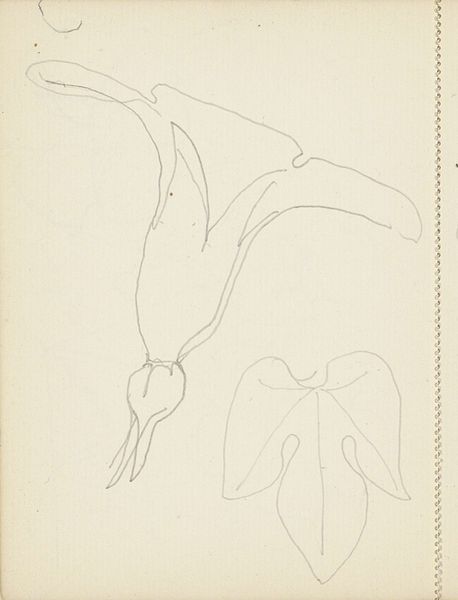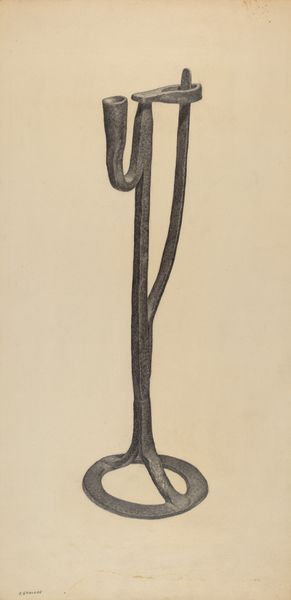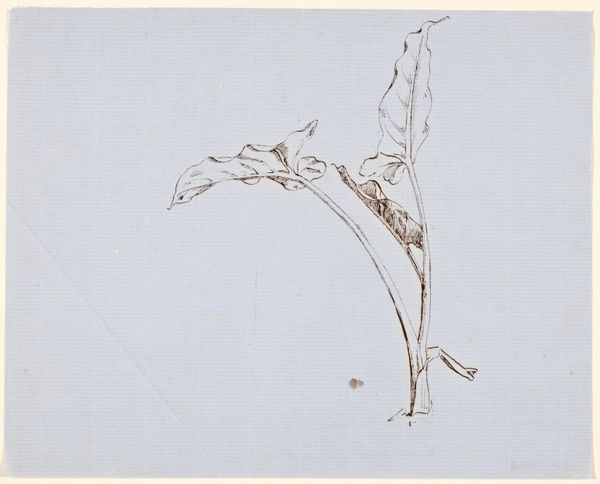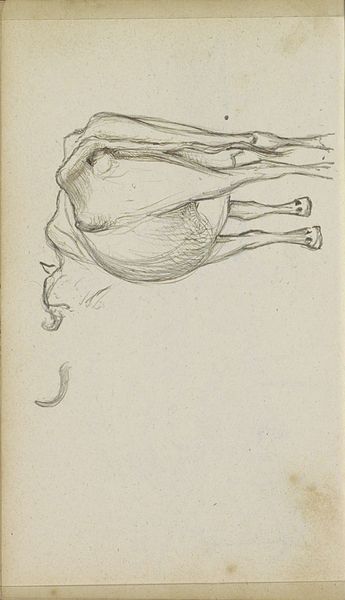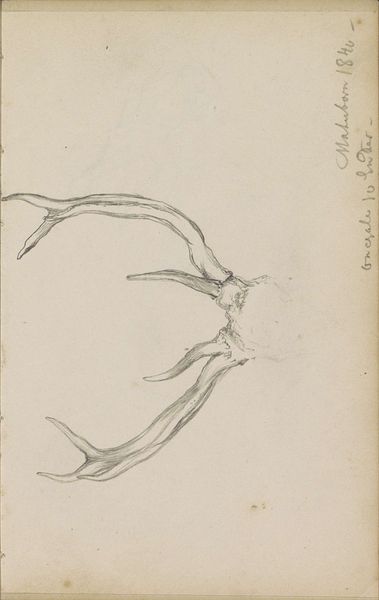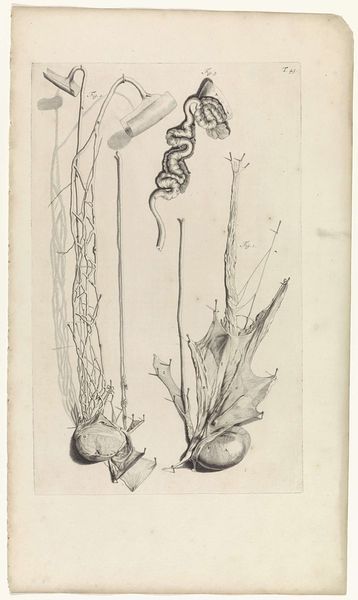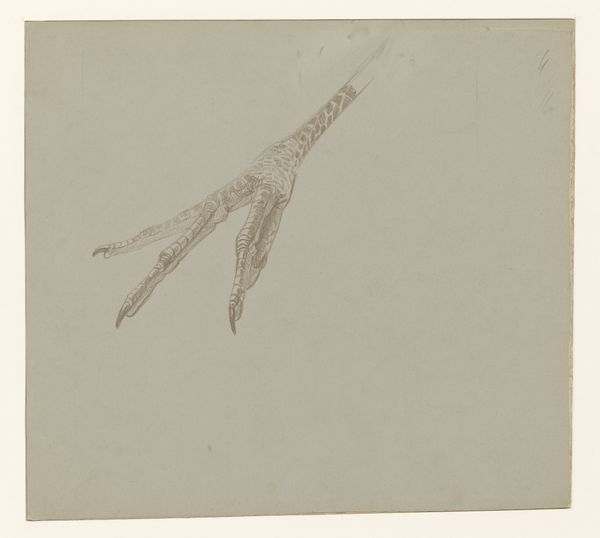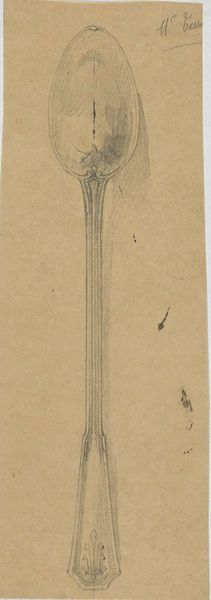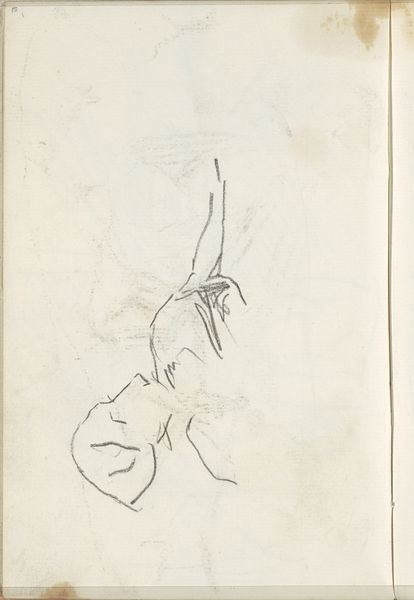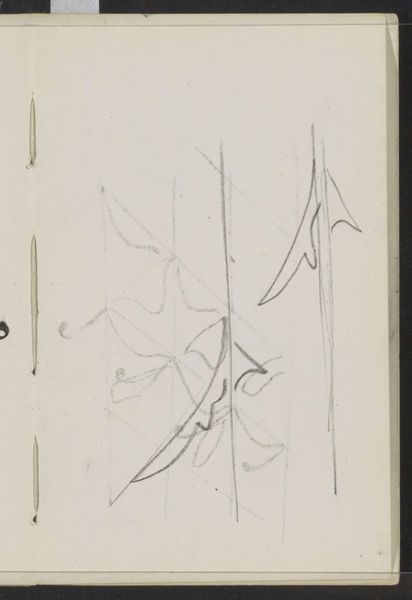
drawing, pencil
#
drawing
#
figuration
#
pencil
#
line
#
realism
Copyright: Rijks Museum: Open Domain
Editor: Here we have Willem Witsen’s “Hagedis,” drawn sometime between 1920 and 1924. It's a pencil drawing of a lizard, seemingly in one continuous, delicate line. It strikes me as a study of movement and form, so, with that in mind, what catches your eye? Curator: This drawing, simple as it appears, reveals much about artistic labor and its relationship to the natural world. I see Witsen engaging in a process of observation, mediated by pencil and paper. It is less about perfect representation, more about capturing the material presence of this creature on the page. What kind of paper was he using? Was it locally sourced? What implications do these choices have on his artistic intent? Editor: I hadn't considered the paper itself as a factor. I was more focused on the lines, the gesture… Curator: But the material choices *are* the gesture, right? Pencil, paper - readily available materials. It implies a certain accessibility, a breaking down of traditional boundaries of what constitutes 'art.' This wasn't a commissioned portrait, it's an intimate encounter with nature. Think about how mass production was rapidly evolving then; was Witsen consciously reacting to this through his chosen tools, creating something handmade? Editor: So, the drawing isn't just about the lizard itself but the context in which Witsen chose to represent it using these readily available materials. Curator: Precisely. We consider art as detached from our material surroundings when it is anything but. Witsen is part of a network of things, animal, drawing tools, and paper; his work underscores artmaking as a material interaction deeply rooted in place and time. Editor: I definitely see the drawing differently now. Thanks. I now have much more to chew on concerning the drawing material as an aspect of the message it is trying to communicate. Curator: Indeed, the 'Hagedis' crawls off the page and straight into a consideration of material culture.
Comments
No comments
Be the first to comment and join the conversation on the ultimate creative platform.
